The OnePlus 2 Review
by Brandon Chester on December 14, 2015 8:00 AM EST- Posted in
- Smartphones
- Mobile
- OnePlus
- OnePlus 2
Software: Oxygen OS
The OnePlus 2 ships with OnePlus's skin on Android. It's officially advertised as Oxygen OS, although I don't understand why it's branded like it's a separate operating system when it's actually one of the least intrusive Android skins that you'll see. Many of the additions center on customization, while the interface in general is pretty much unchanged apart from some tweaks to icons and the launcher.
During the setup you'll see that there are some additional screens that have been added which relate to setting up the fingerprint scanner and some additional inclusions like the option to use SwiftKey instead of the standard Google keyboard. On the topic of the fingerprint scanner, it seems to work fine. I find that it's not as quick as the latest Touch ID or Nexus Imprint, but it usually scans my finger correctly and you just have to touch the capacitive home button to wake up and unlock the phone. The set up process could use some work though. You need to touch your finger to the home button a great number of times, and there's no hints letting you know whether you're doing it correctly and if you're covering all the required parts of your fingerprint. I had to go through the process again and ensure that I scanned all the edges of my print, as initially I was having some issues with recognizing one side of my thumb.
Once you get into the core OS, you find something that's fairly reminiscent of Google's version of Android. OnePlus has obviously made some small visual tweaks and changed around some icons, but it's much more similar to a Motorola or a Nexus phone than a Samsung or LG phone. There are some tweaks that I simply don't understand though. For example, when swiping down the notification drawer from the right side of the display it will automatically go straight to the quick toggles. This is honestly just a hassle when you want to check your notifications. Swiping from the left side doesn't trigger this behavior, but the phone is so big that you will never find yourself swiping down from that position. This is the sort of thing that should really just be left alone, as it's altering behavior that is consistent and well defined on most other devices. Some may argue that this isn't an issue because OnePlus allows you to swipe down anywhere on the home screens to open the notification drawer, but that doesn't fix the issue when you're in the app drawer or inside of an application.
There are some nice additions that OnePlus has made to the OS. For example, you can make some changes to the icons in the quick toggle drawer, and you can enable or disable gestures like double tap to wake, or draw a V to toggle a flashlight. You can also choose to use software keys instead of the capacitive hardware buttons, which I personally wouldn't do but there's nothing wrong with having the option. An interesting addition is the ability to swap the order of the recent apps and back buttons, which is likely why OnePlus decided to not put any specific icons on those keys. That feature has actually really useful for me, as for some reason whenever I use capacitive buttons I immediately default to using them in that manner because that's how they're laid out on Samsung phones. There are additional customizations such as the behavior when long pressing the capacitive keys, but I haven't messed around with them very much.
A feature that's currently in beta which I've found to be quite interesting is OnePlus's Shelf feature. This is essentially a screen that takes the spot where Google Now would usually be, and it's a customizable area where you can pin widgets that you access frequently, along with some custom panes like frequent apps and frequent contacts. I actually don't use Google Now on my core Google account for privacy reasons, so I thought that this feature was kind of interesting. If you are a Google Now user I don't think it's as useful overall, and there's unfortunately no way to put Google Now there instead which is a shame. The feature is technically in beta so I don't want to be too critical of it, but one thing that continues to stand out is the seemingly hardcoded message at the top which wishes you a good morning, even when it's 11pm at night. I have had it show good evening once, but it was actually 8am at the time. I assume that's something that'll be worked out in a future update.
As for UI performance, I don't have much praise. What shocked me is that right out of the box I noticed that the OnePlus 2 felt really sluggish. Swipes weren't as responsive as many devices I've used recently, apps hesitated before opening, and there were noticeable frame drops. I remember remarking to Josh that the phone reminded me a lot of the Moto E and Moto G, in that it tends to feel like there's a longer touch delay and more load times than what we've come to expect from high end smartphones. After realizing that the phone is so hesitant to use its Cortex A57 cores, it's no longer a surprise that it feels like a Moto G, because both phones are doing almost everything on a quad core Cortex A53 cluster, with the OnePlus 2 just being 150MHz faster.
I admittedly never had much time with the OnePlus One to compare with CM11S, but as far as $400 devices go the OnePlus 2 doesn't offer acceptable performance even for basic UI navigation and web browsing. This is really the deal breaker for me. A phone like the Moto G offers similar UI and app performance for half the price, and at $400 you could go get a Nexus 5X or find a deal on a phone like the LG G4 or Galaxy S6, all of which offer far more responsive interfaces and just all around better performance. While these issues are due to the CPU management rather than the result of OnePlus's Android skin, they certainly impact how users will perceive the performance of the phone's software, and subsequently the performance of the device as a whole.


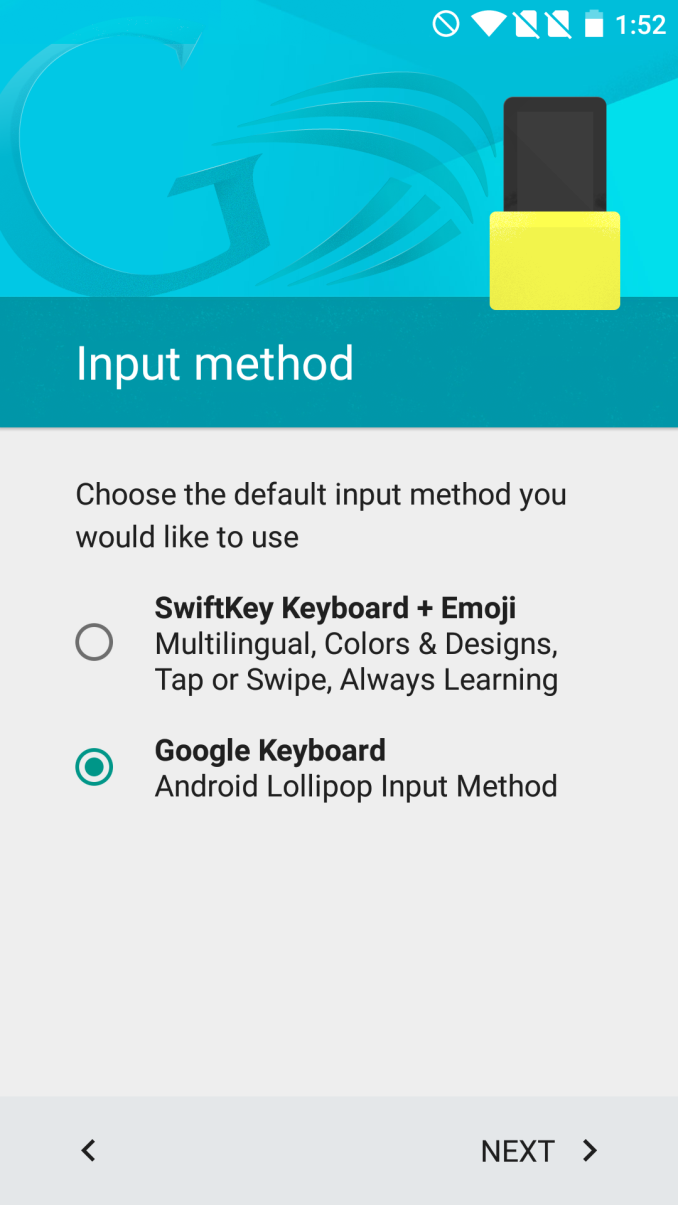
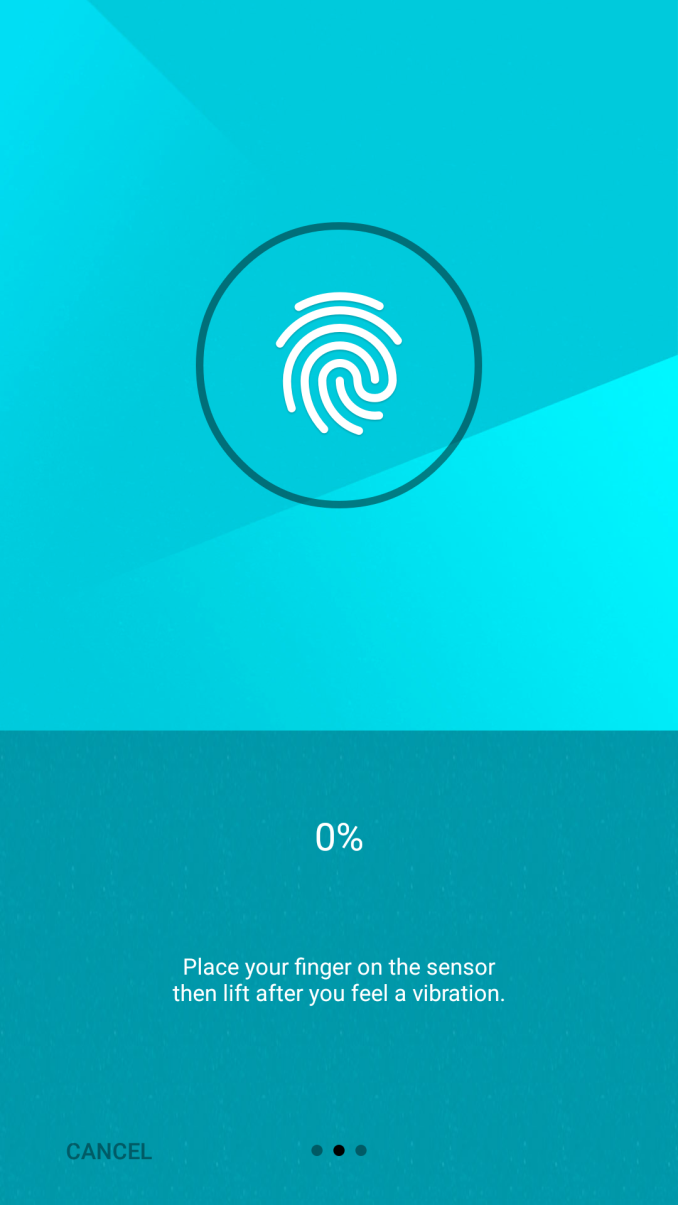

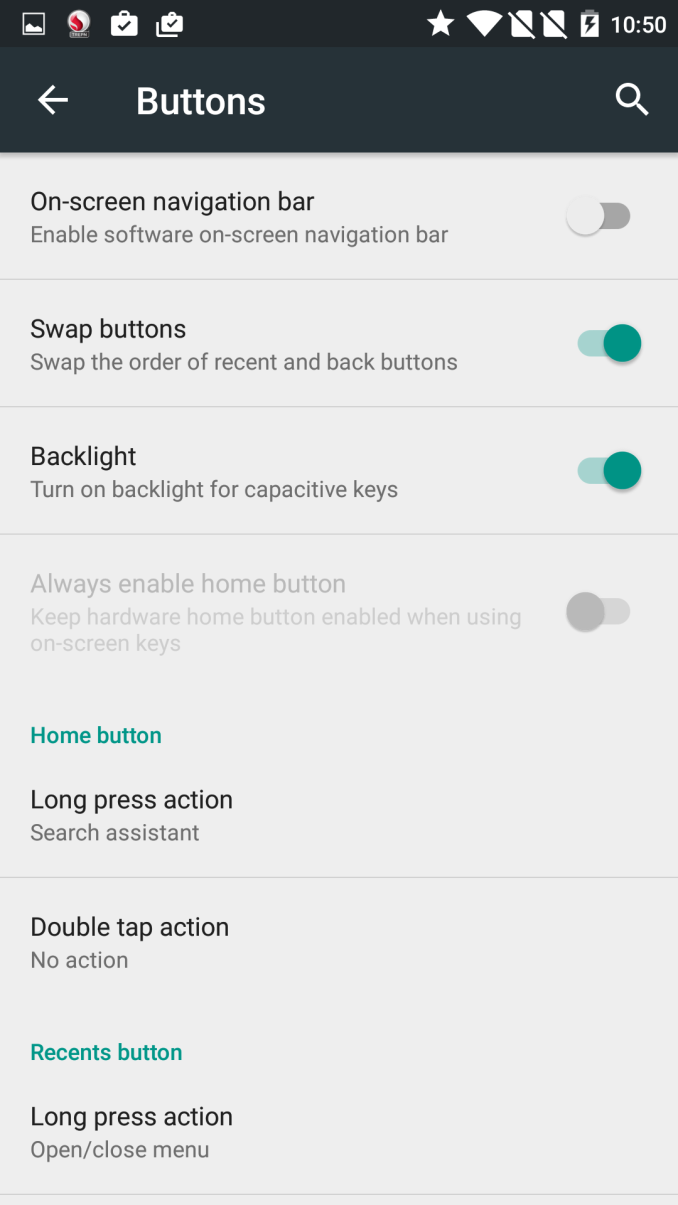
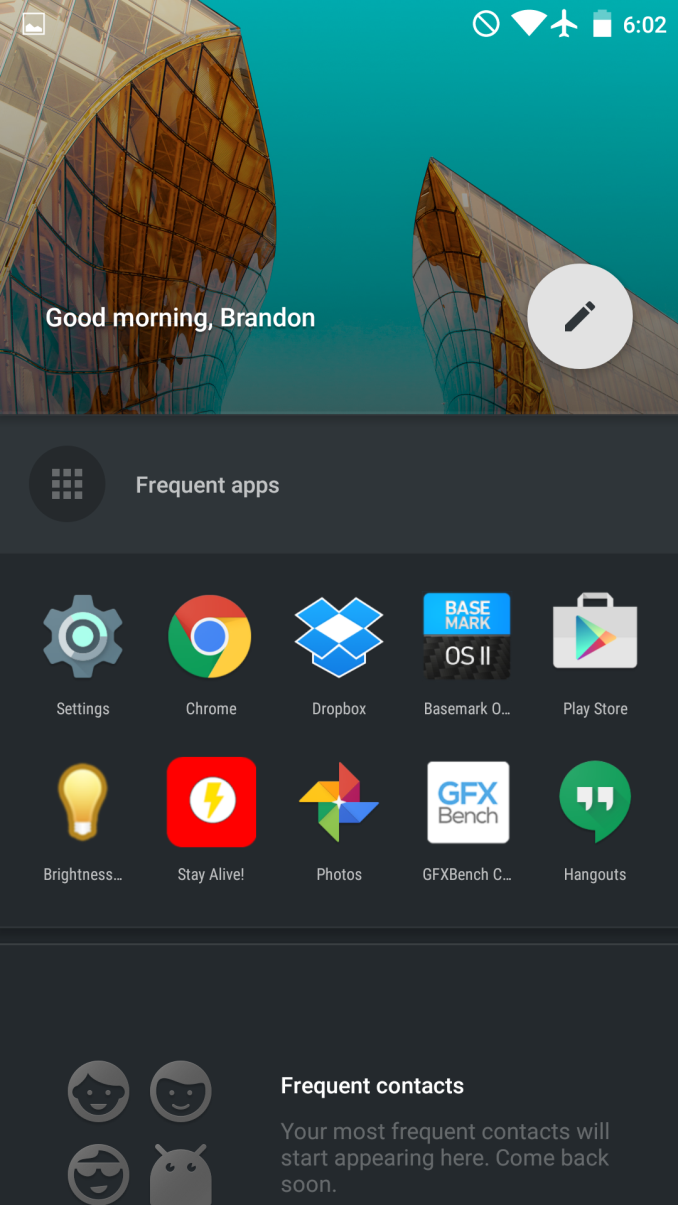
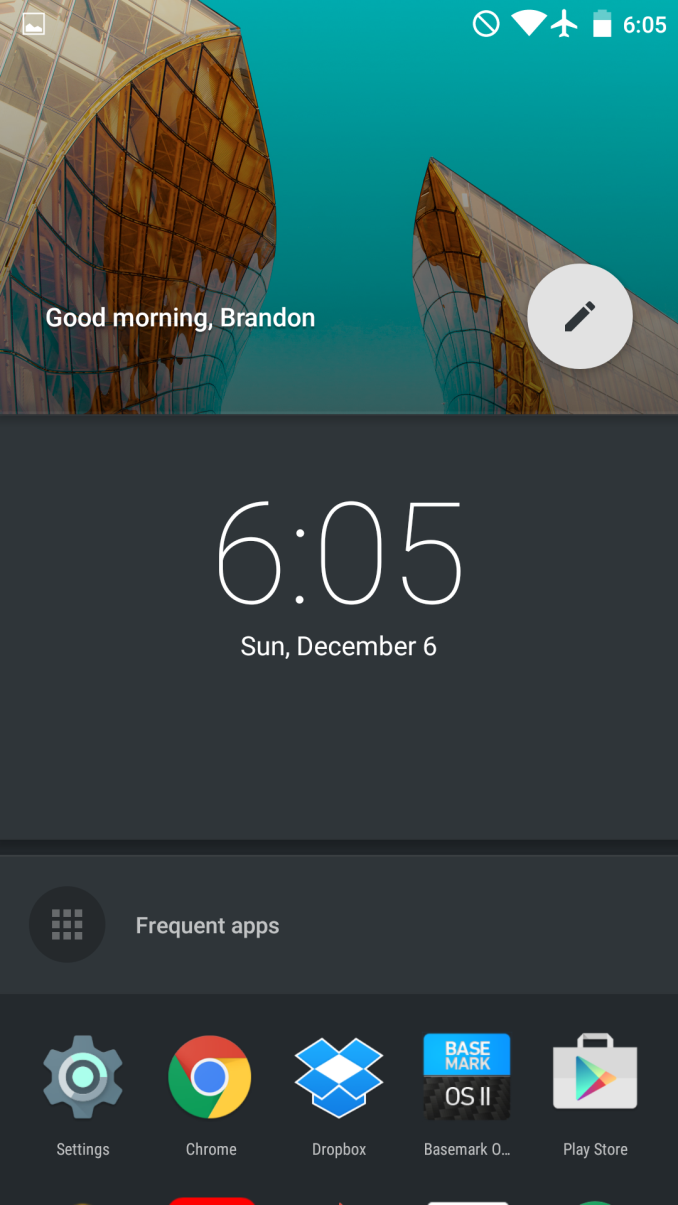








132 Comments
View All Comments
Cow86 - Monday, December 14, 2015 - link
I really wonder if there isn't anything wrong with your Oneplus 2 Brandon, I've just been going over some reviews from other sites, and they all seem to be very happy with the phone, both on the performance side and the screen. That being said, most don't look at the screen as detailed as you guys do, but they all call it pleasant, vibrant, if a little blue, and things like that, and the general performance with browsing etc never really seems to be an issue. At the same time, their battery life is pretty poor. It seems to indicate that in most other cases the A57 cores are getting used where with your phone they aren't...That all being said, not a phone for me either way, but I figured I'd just point to the discrepancy.
Brandon Chester - Monday, December 14, 2015 - link
I actually think the display discrepancy is actually a good example of how sites that do those very superficial evaluations tend to be wrong about most aspects of a device. A good example is how some reviews parrot the PR line that S808 is perfectly fine despite us having published data showing that it is not. Another example is the mind boggling complaints of the Nexus 5X display being dull or washed out, when it's actually incredibly accurate and covers its target gamut.Ryan Smith - Monday, December 14, 2015 - link
And part of the issue is that the human visual system is absolutely terrible about accuracy.For as well as we can see, we are easily tricked by bright colors. Most people will find a bright, oversaturated display to be better. Which if that's what they like, that's fine. But it's not desirable as a stock setting on a phone since it causes shared media to be displayed inaccurately.
Cow86 - Tuesday, December 15, 2015 - link
All fair points, and I do agree I wouldn't trust most other sites to be more than subjective comparisons, but at the same time I do wonder how they can say the performance is smooth when your phone clearly was not (which by the way was the main point I was trying to make, I should've put that first and not the screen issue :P). Then again, 'smooth' is subjective as well. My Moto G 2013 is considered smooth by me most of the time...*shrug*grayson_carr - Monday, December 14, 2015 - link
I dunno. I have owned a lot of phones this year as an Android developer and tech enthusiast and I did feel that the OnePlus 2 underperformed compared to other phones with the Snapdragon 810 and even 808.K_Space - Monday, December 14, 2015 - link
I couldn't agree more. I had an OPO which I bought quite late in 2015 by which time most custom ROMs matured a fair bit. I ended up getting a quick invite for the OPT having attended their launch event almost by chance. The OPO made its way to a family member but I had a chance to play with both for quite a while. Not only do I find the SoC a lot less responsive but the OS is SERIOUSLY lacking in terms of features. Having never used Oxygen 1.0 and moving straight to an 'unofficial' Temasek ROM from CM 11.0 the OP2 truly feels like regression. To add insult to injury, as far as I know OPO still hasn't received Oxygen 2.2 (setteling for that trend that plague other manufacturers of no support for older phones). OPO was a great phone which seriously disrupted the market and forced the hands of other companies to raise their game in the bangs for bucks category. OPT was merely hoping to float on the hype of its predessecor. I'll be waiting for the more mature custom ROMs to land and hopefully that will bring some shine into the phone.zeeBomb - Monday, December 14, 2015 - link
Wow... This review surprised me. Dropped outta nowhere, but I find this device disappointing compared to it's predecessor.zodiacfml - Monday, December 14, 2015 - link
Ouch.bruh123 - Monday, December 14, 2015 - link
im not saying that the phone isn't cool im just saying the price is tooooo mucheddieobscurant - Monday, December 14, 2015 - link
Will you review the oneplus X ?